Clean Eating for Beginners: Tips, Grocery List, & More
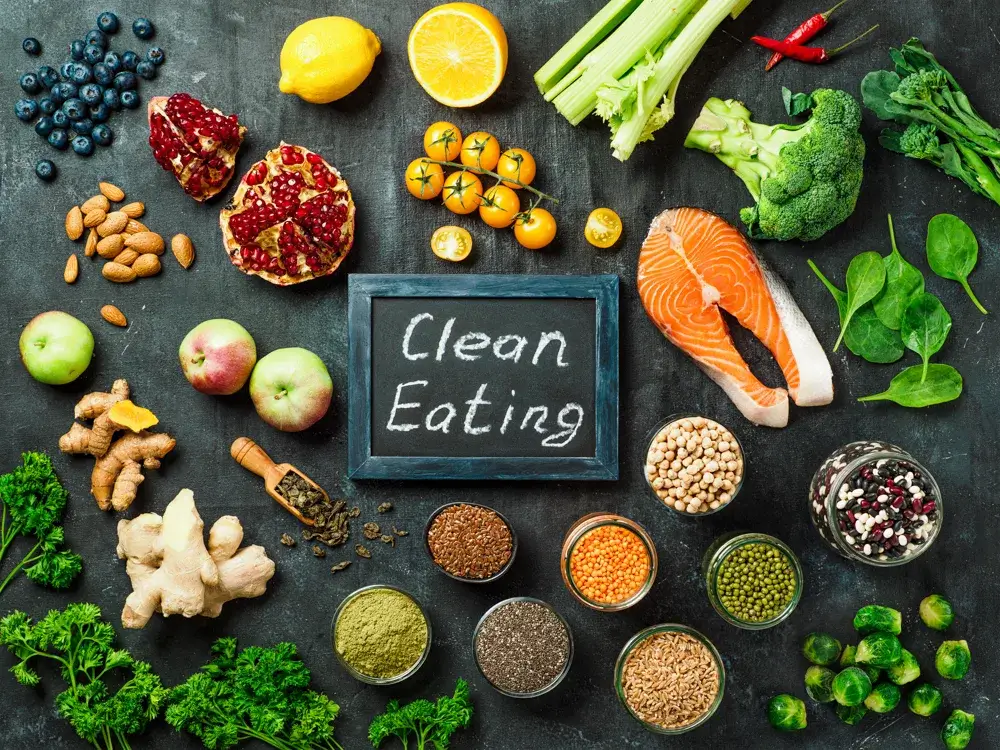
Clean eating is increasingly becoming popular in the health and wellness space. But why?
First, let’s get a few things out there.
Clean eating isn’t about perfection or swearing off entire food groups just because. It’s about focusing on whole, minimally processed foods that not only fuel your body but also make you feel good.
If you’ve been dragging through the afternoon with that foggy “I need another coffee” feeling or waking up bloated despite what should have been a simple dinner, a cleaner way of eating might be exactly what you need to reset your system and feel good again.
Think of clean eating less like a “diet” and more like a holistic approach to eating.
In this beginner’s guide, we’ll break down exactly what clean eating is, why it matters (especially if you’re looking to lose a little weight or just feel lighter in your body), and offer 10 simple tips to help beginners get started with clean eating today.
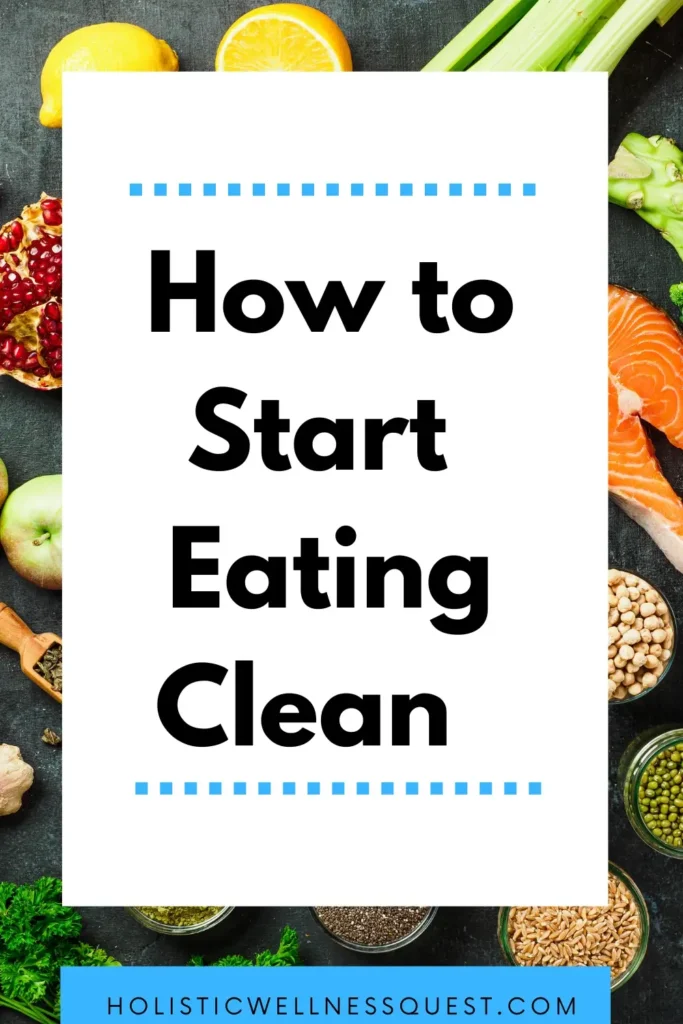
What Exactly is Clean Eating
At its core, clean eating is choosing foods as close to their natural state as possible. Imagine something your grandmother might’ve recognized and picked at the grocery store. Think apples, potatoes, salmon, oats, eggs, and leafy greens. Simple, real ingredients.
Many of these “clean foods” are also typical in some of the best eating patterns, such as the Mediterranean and DASH diets ( Dietary Approaches to Stop Hypertension). Both these diets emphasize whole foods such as fruits and vegetables, whole grains, plant-based or other healthy proteins such as fish and seafood.
Clean eating usually means:
Clean eating can be very healthy. However, please don’t fall for cult-like extremism that encourages you to cut out entire food groups in an effort to “eat clean.” It can get unhealthy pretty fast if you go down that route.
After all, clean eating isn’t about strict rules and perfection. It’s about creating meals that give your body the nutrients it craves so you can feel steady and energized throughout the day.
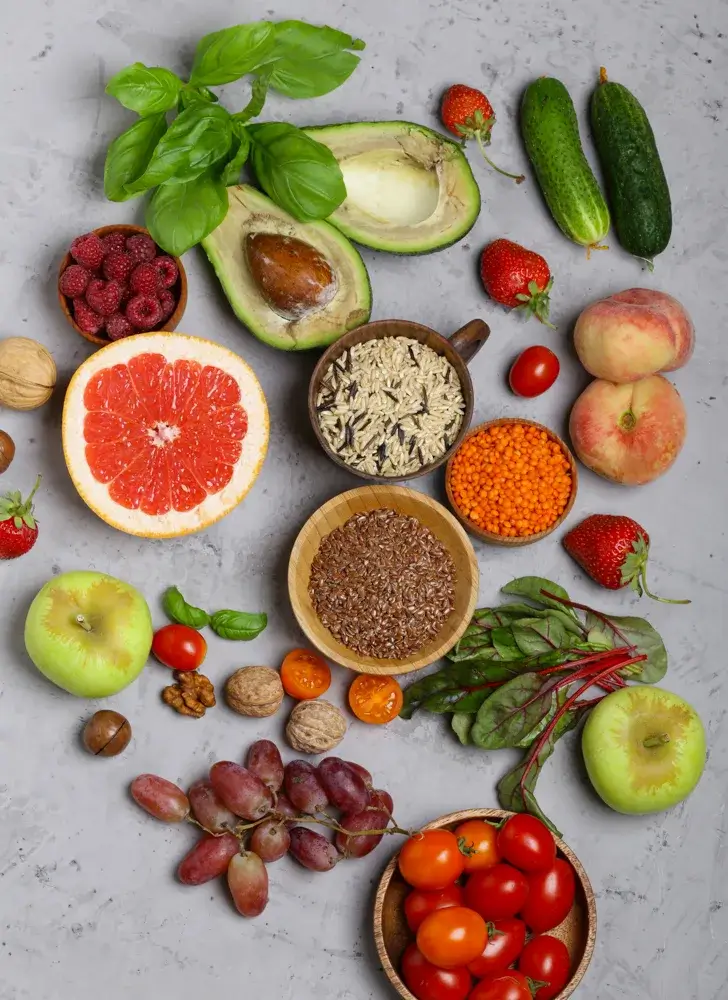
Why is Clean Eating Important for Weight Loss
One of the reasons so many people feel better ( and slimmer) when they eat clean is because whole foods naturally regulate your energy and appetite.
Here’s exactly how and why:
In short, clean eating is essential for weight loss because it makes it super easy to stay in a calorie deficit, which is the basis of weight loss. Consume less than you utilize.
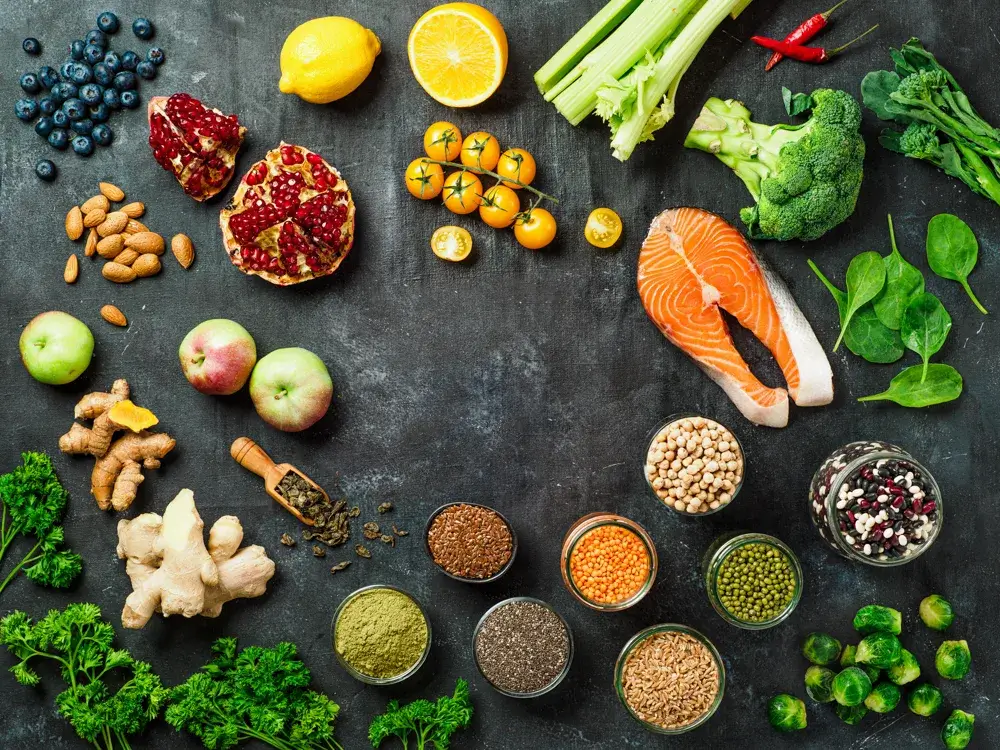
10 Practical Tips for Beginners to Start Clean Eating Today
You don’t have to toss out your pantry and start from scratch. That’s super overwhelming and, honestly, just plain wasteful. Instead, think of clean eating as layering in small, doable changes that will definitely add up over time. Just start where you are and move from there.
1. Fill Half Your Plate with Veggies
This one alone is going to be a game-changer. Not only do vegetables give you vitamins, minerals, and antioxidants, they also take up space on your plate and in your stomach, without piling on the calories.
And vegetables are full of fiber to help with digestion, in addition to keeping you satisfied for hours on end.
And here’s an important trick: variety and preparation. Eating broccoli every day will get old fast. Try roasting carrots with a drizzle of olive oil and a pinch of salt, sauteing zucchini with garlic and lemon juice, or tossing spinach in scrambled eggs.
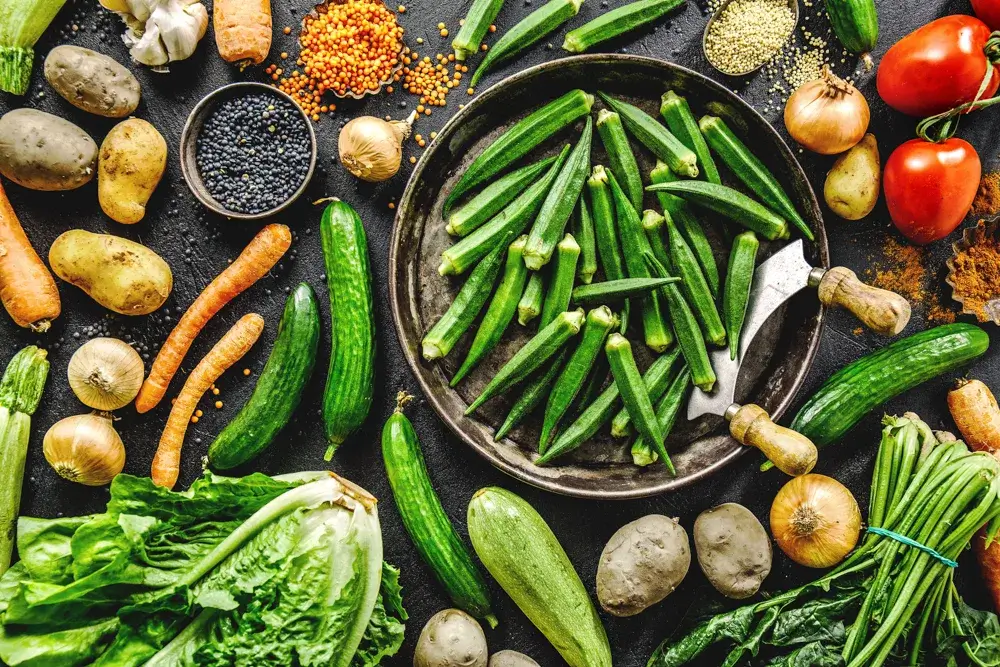
2. Choose Whole Grains Over Refined
White bread and fluffy pastries might taste great, but they don’t do much for your blood sugar or energy. Whole grains, like brown rice, oats, quinoa, or whole grain bread, still have their fiber and nutrients intact. And that means slower digestion, steadier energy, and fewer 3 PM slumps.
Don’t make these changes thinking it is a deprivation. Think about it as swaps. Your morning cereal could be a bowl of warm oats topped with berries.
And if you’re just trying to ease in, you can try the “half and half” method. For instance, you can mix white rice with brown rice.
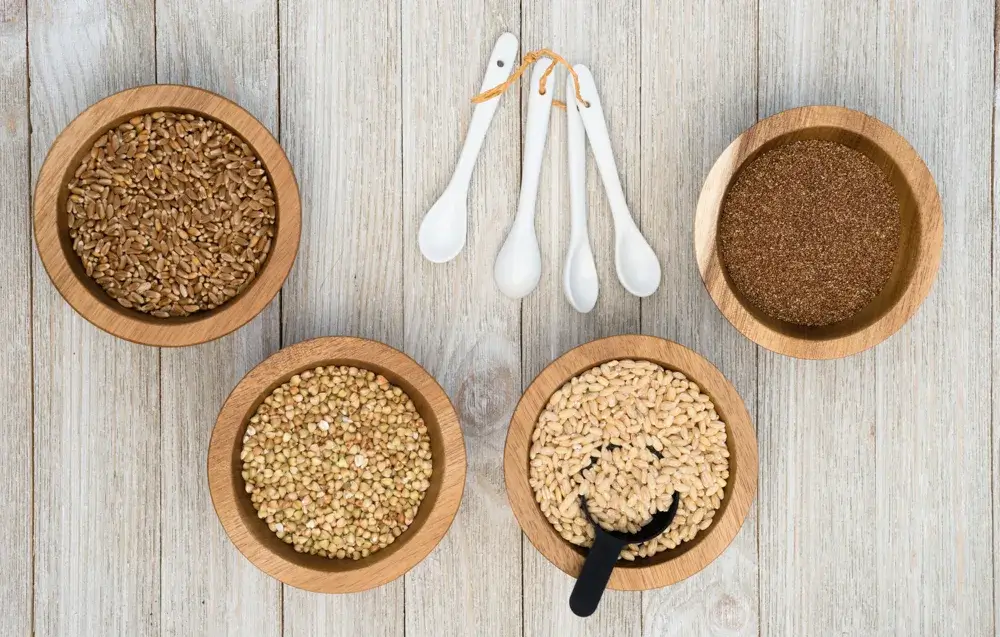
3. Pick lean, quality protein.
Getting enough protein isn’t just a must-do for gym buffs. Protein is essential for everyone. In fact, it is non-negotiable if you are trying to lose weight because it keeps you fuller for longer.
Clean eating means being mindful of where your protein comes from and how it’s prepared.
Good options include;
- Animal-based: chicken breast, turkey, eggs, wild-caught salmon, grass-fed beef ( in moderation)
- Plant-based: beans, lentils, chickpeas, tofu, tempeh, edamame, hemp seeds
Here is the key to remember: avoid heavily processed versions. For example, instead of breaded chicken nuggets, go for grilled chicken thighs. Choose roasted turkey or make a simple bean chili instead of deli meats loaded with sodium and preservatives.
My go-to clean high-protein meal? A sheet pan with salmon, asparagus, and sweet potatoes. This simple and easy dish can be ready in 20 minutes.
RELATED: 29 High-protein, Low-calorie Meals You’ll Love(30g+ Protein, less than 400 calories)
RELATED: The Enormous Power of Protein for Weight Loss
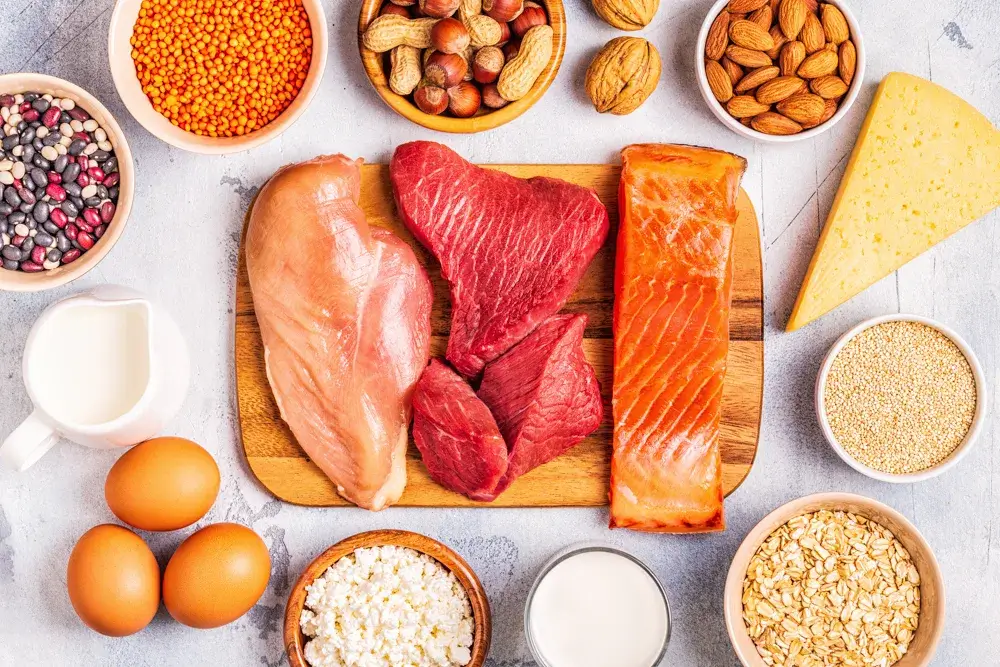
4. Limit Added Sugars
One of the core principles of clean eating is avoiding added sugars. And added sugars tend to be sneaky. So you have to be careful. It is in granola bars, yogurt, ketchup, and even pasta sauce.
Unfortunately, eating too much sugar tends to create a vicious cycle where it spikes your blood sugar, sends it crashing, which leads to cravings. And the cycle continues.
Remember, clean eating doesn’t mean you don’t get to enjoy desserts, far from it. It just means being more intentional. When you crave something sweet, go for natural sources like fruits, honey, or maple syrup, in moderation, of course.
Go for dark chocolate( look for 70% cacao or higher) to satisfy that craving.
Pro Tip: Get in the habit of reading nutrition labels. If sugar is one of the first 3 ingredients, it is probably not the “cleanest” choice. And you’ll be shocked at just how often it sneaks in.
RELATED: ULTIMATE NO-SUGAR FOOD LIST
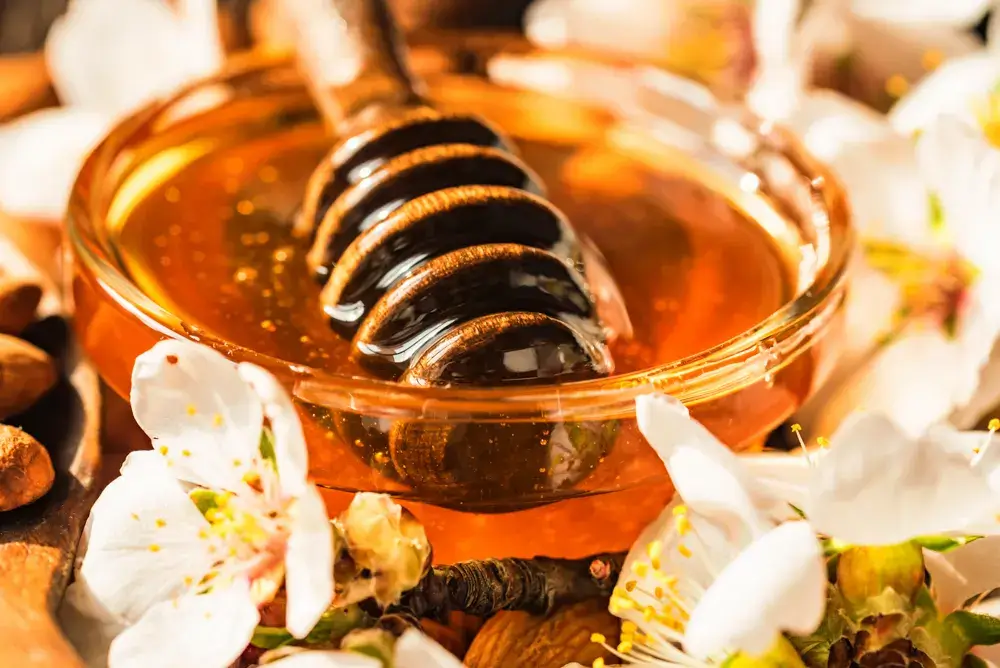
5. Cook more at Home
Here’s an unfortunate truth: restaurants and take-out are often designed to wow your taste buds. Many places frequently use extra oil, salt, and sugar to make food taste better and be more “craveable.” Cooking at home gives you complete control over what goes on your plate.
And you don’t need to be a chef to make something awesome at home. Simply start with the basics. Scrambled eggs and sauteed spinach, stir-fry with chicken and veggies, or a simple soup. Even two extra home-cooked meals a week add up. Not to mention you save money, and eat cleaner.
If you really dislike cooking. Try batch cooking. Roast a tray of veggies, cook a pot of quinoa, and bake some chicken on Sunday. And all you have to do during the week is mix and match for quick and clean meals.
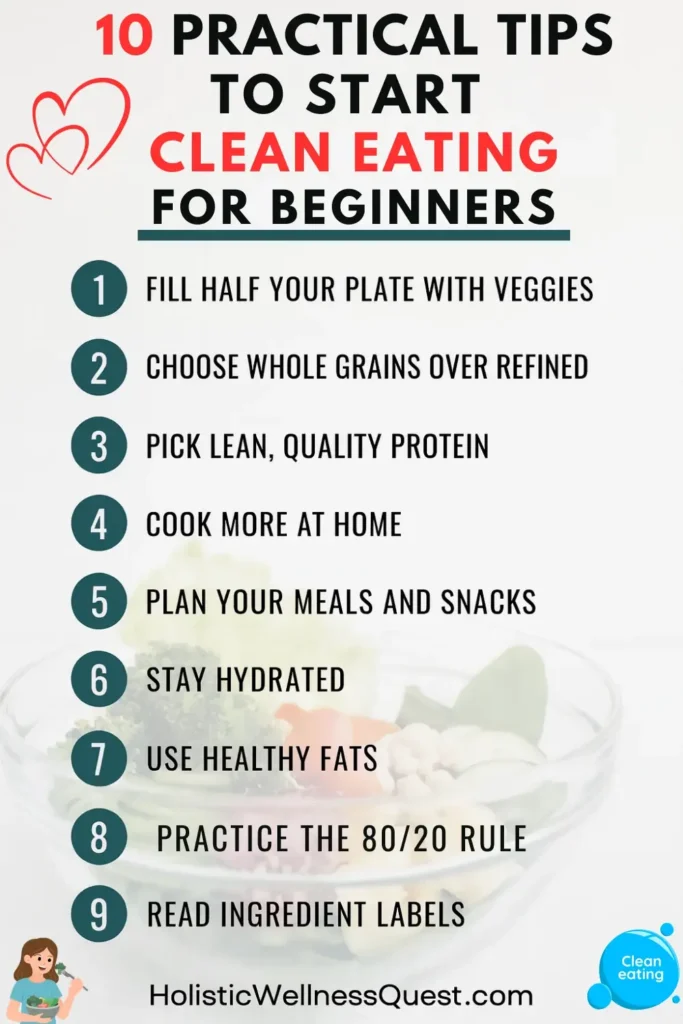
6. Plan Your Meals and Snacks
Clean eating is way easier when you don’t leave it up to “what’s in the fridge”
Planning doesn’t mean you need a color-coded spreadsheet ( although get that if you want). It just means giving yourself a simple road map.
Take a few minutes at the start of the week to write down a few simple dinners. Buy whatever you need. If you can, prep a few ingredients ahead.
This is all it takes to remove 90 percent of the decision fatigue that often leads to pizza delivery.
Remember, snacks matter as well. Stock up easy clean options like apple slices with almond butter, hummus with carrots, or boiled eggs.

7. Stay Hydrated
Do you know, sometimes, when you feel “hungry,” your body just needs water? Dehydration can cause fatigue, headaches, and those random snack cravings.
Staying hydrated is one of the simplest and most overlooked parts of clean eating.
And the goal shouldn’t be just a strict 8 glasses a day( although that is a great guideline). All I am saying is you should pay attention to your energy, skin, and digestion. And carry a water bottle and sip throughout the day.
And you don’t have to stick to plain water. You can try:
- Infused water with lemon, cucumber, or mint
- Herbal teas like peppermint or chamomile
- Sparkling water with lime
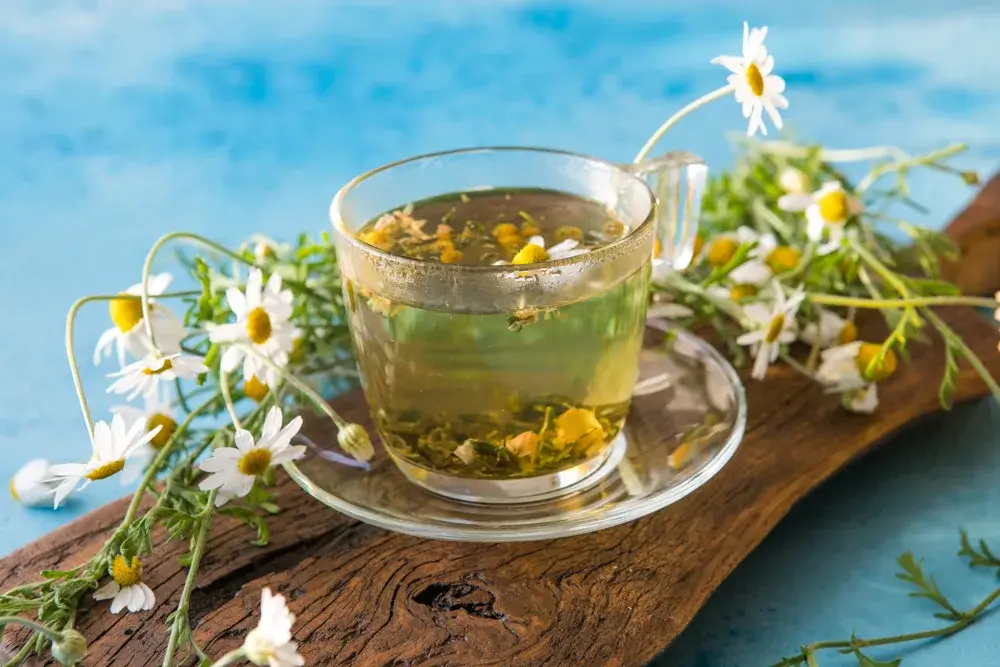
8. Embrace Healthy Fats
The right fats are not only clean, they’re essential. Healthy fats keep you satisfied, help your body absorb vitamins, and support brain health ( which might explain why your mood dips when you skimp on them).
Clean sources of fat include:
- Avocadoes( on toast, smoothies, or just sliced)
- Nuts and seeds( almonds, chia seeds, pumpkin seeds)
- Olive oil for cooking and drizzling
- Fatty fish like salmon and sardines
And remember, with healthy fats, the key is quality over quantity. A handful of almonds is perfect. A whole bag? Not so much.
RELATED: THE BEST HEALTHY FATS FOODS FOR YOUR DIET.
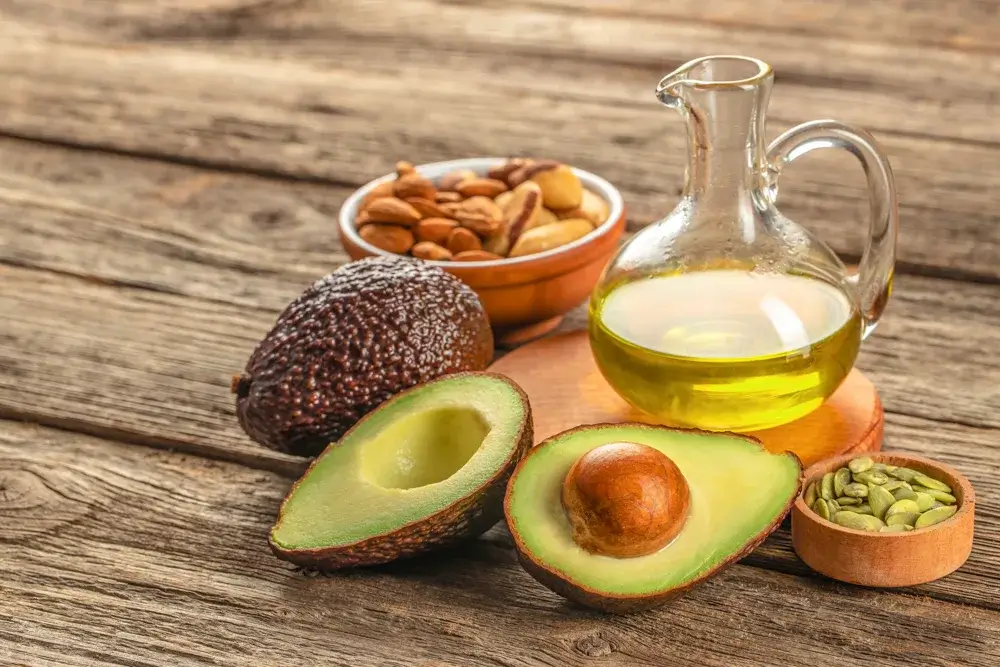
9. Practice the 80/20 Rule
Here’s the thing. Clean eating isn’t about perfection. If you aim for “100” clean all the time, you’d probably end up very frustrated, burnt out, and face-first in a pint of ice cream.
The 80/20 rule is about balance, which is perfect for clean eating beginners. Eat nourishing, whole foods about 80% of the time and enjoy some little flexibility the other 20%.
This might look like eating clean during the week and enjoying some takeout on Saturday evening. Or ordering pizza on a busy night without feeling guilty because the rest of your meals were “clean”
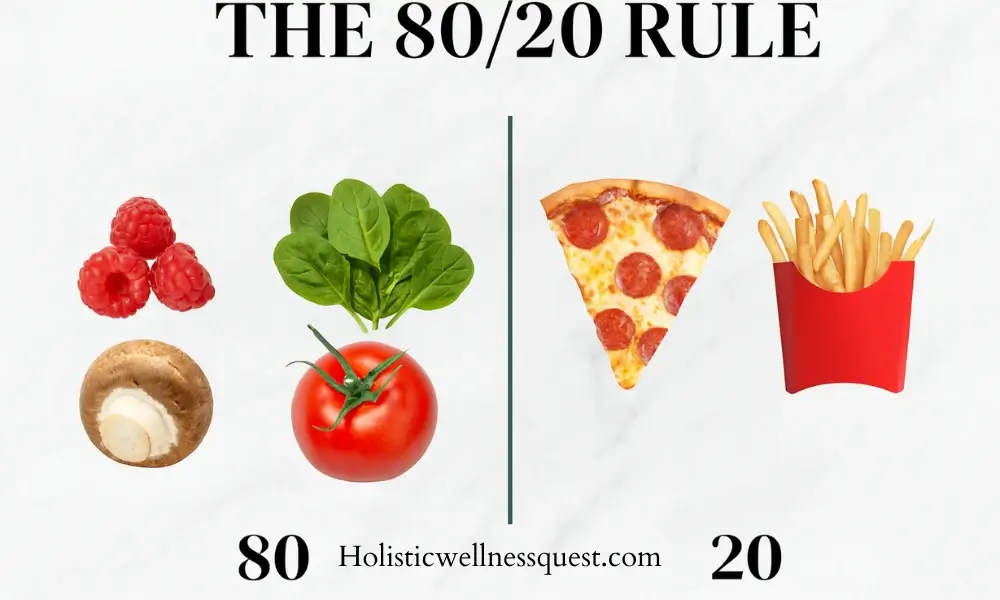
10. Read Ingredients Labels
If there is a rule you MUST remember if you want to eat clean, it is reading ingredient labels. It sounds boring, but trust me, it is non-negotiable. Food companies are sneaky. They’ll label something as “healthy” or “natural” while loading it with sugar, preservatives, and fillers. The ingredients list will tell the truth.
A good rule of thumb is:
- Look for a short ingredients list (ideally 5-6 items)
- Choose products where you recognize and can hopefully pronounce the ingredients
- Watch out for sugar hiding under names like “cane juice,” “malt syrup,” or “evaporated corn sweetener.”
Once you get into the habit, it is eye-opening. You’ll start spotting the difference between truly clean foods and the “health-washed” ones.
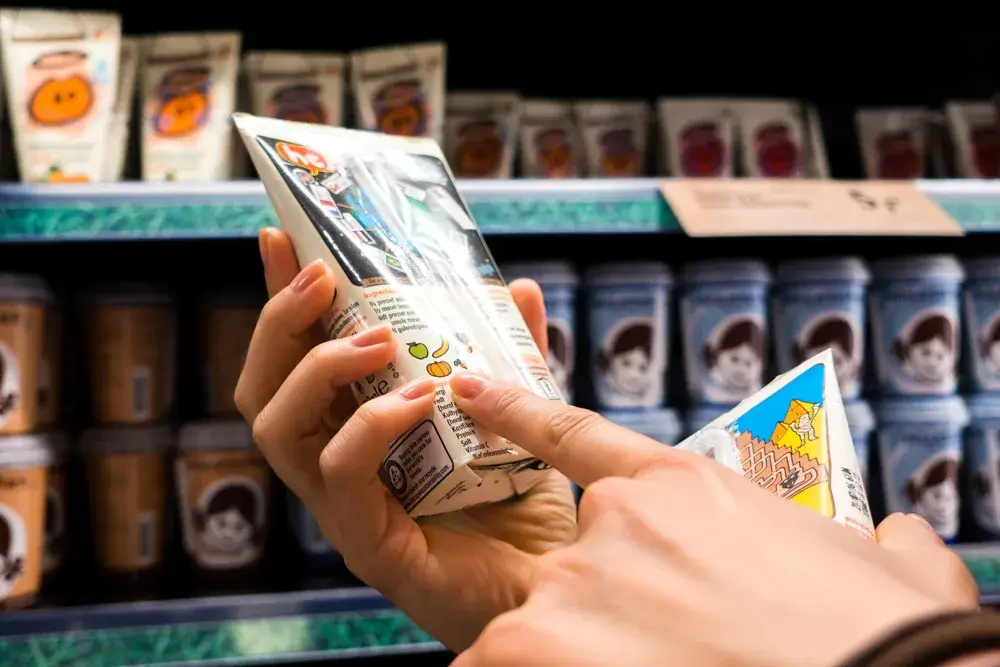
Clean Eating Grocery Staples
Stocking your kitchen with the right foods makes clean eating a no-brainer. Here are staples I always keep around:
- Fresh fruits and vegetables ( Apples, spinach, cucumbers)
- Lean protein ( Chicken, eggs, beans, wild-caught salmon)
- Whole grains ( Quinoa, oats, brown rice, whole-grain wraps)
- Healthy Fats ( Avocados, nuts, olive oil, nut butter)
- Clean flavor boosters ( garlic, fresh herbs, spices like cinnamon and turmeric)
Here is a full clean eating for beginners grocery list you’ll want to keep handy in your kitchen.
Final Thoughts On Clean Eating for Beginners
Clean eating for beginners doesn’t have to feel overwhelming or expensive. Just remember, it is about making swaps and building eating habits that feel natural over time.
Whether your goal is to lose weight, feel more energized, or just stop feeling “blah” after meals, focusing on eating whole, minimally processed foods is a powerful first step.
Don’t overthink it. Start small, stay consistent, and celebrate your small wins. Even swapping one soda for herbal tea or water, or merely adding a veggie side to your dinner, counts.